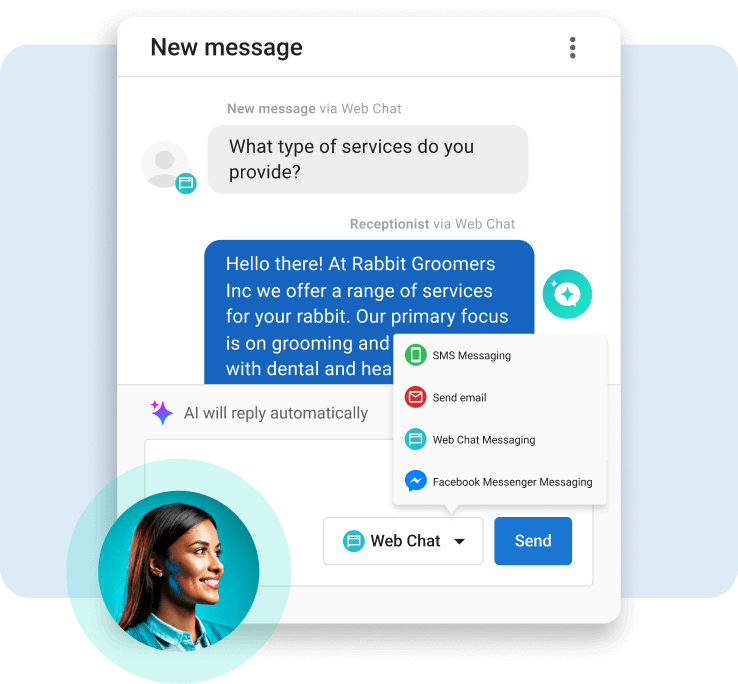Integrating AI into Your Existing Business Systems: A Step-by-Step Guide
In today’s fast-paced digital world, businesses are constantly looking for ways to stay ahead of the competition and improve efficiency. One way to achieve this is by integrating artificial intelligence (AI) into existing business systems. AI has the potential to revolutionize the way businesses operate, making processes more efficient, accurate, and cost-effective. In this step-by-step guide, we will explore how you can seamlessly integrate AI into your existing business systems.
Step 1: Assess Your Current Systems
The first step in integrating AI into your existing business systems is to assess your current systems and identify areas where AI can be beneficial. Look for processes that are repetitive, time-consuming, or prone to human error. These are the areas where AI can make the biggest impact. Consider how AI can automate tasks, provide insights, and improve decision-making within your organization.
Step 2: Set Clear Goals
Before implementing AI into your business systems, it’s important to set clear goals for what you want to achieve. Whether you’re looking to improve customer service, streamline operations, or increase revenue, having specific goals in mind will help guide the implementation process. Make sure your goals are measurable, achievable, and aligned with your overall business objectives.
Step 3: Choose the Right AI Technology
There are many different AI technologies available on the market, so it’s important to choose the right one for your business needs. Whether you’re looking for machine learning, natural language processing, or computer vision, make sure the AI technology you select aligns with your goals and integrates seamlessly with your existing systems. Consider factors such as cost, scalability, and ease of implementation when making your decision.
Step 4: Pilot Test the AI Solution
Before fully integrating AI into your existing business systems, it’s a good idea to pilot test the AI solution to ensure it meets your expectations. Select a small project or department within your organization to test the AI technology in a real-world setting. Monitor the results and gather feedback from employees to make any necessary adjustments before rolling out the AI solution company-wide.
Step 5: Train Your Team
Once you’ve successfully pilot tested the AI solution, it’s time to train your team on how to use and maximize its potential. Provide hands-on training sessions, workshops, and resources to help employees understand how AI can benefit their day-to-day tasks. Encourage a culture of continuous learning and improvement to ensure that your team fully embraces the new technology.
Step 6: Monitor and Measure Results
After integrating AI into your existing business systems, it’s important to monitor and measure the results to ensure the technology is delivering the expected benefits. Track key performance indicators, such as efficiency gains, cost savings, and customer satisfaction levels, to gauge the impact of AI on your organization. Use this data to make informed decisions and further optimize your AI implementation.
In conclusion, integrating AI into your existing business systems can unlock a world of opportunities for your organization. By following this step-by-step guide, you can seamlessly integrate AI into your business processes, improve efficiency, and stay ahead of the competition. If you’re looking to take your business to the next level with AI technology, consider reaching out to Sica Marketing. Our team of experts can help you navigate the complexities of AI implementation and maximize the benefits for your business. Contact us today to learn more!




